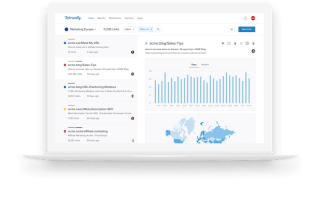Mixed reality is the result of blending the physical world with the digital world. Mixed reality is the next evolution in human, computer, and environment interaction and unlocks possibilities that before now were restricted to our imaginations. It is made possible by advancements in computer vision, graphical processing power, display technology, and input systems. The term mixed reality was originally introduced in a 1994 paper by Paul Milgram and Fumio Kishino, “A Taxonomy of Mixed Reality Visual Displays.” Their paper introduced the concept of the virtuality continuum, and focused on how the categorization of taxonomy applied to displays. Since then, the application of mixed reality goes beyond displays. It also includes environmental input, spatial sound, and location.
Augmented vs. virtual reality
Most mobile phones on the market today have little to no environmental understanding capabilities. Thus the experiences they offer cannot mix between physical and digital realities. The experiences that overlay graphics on video streams of the physical world are augmented reality. The experiences that occlude your view to present a digital experience are virtual reality. As you can see, the experiences enabled between these two extremes is mixed reality:
- Starting with the physical world, placing a digital object, such as a hologram, as if it was really there.
- Starting with the physical world, a digital representation of another person–an avatar–shows the location where they were standing when leaving notes. In other words, experiences that represent asynchronous collaboration at different points in time.
- Starting with a digital world, physical boundaries from the physical world, such as walls and furniture, appear digitally within the experience to help users avoid physical objects.



